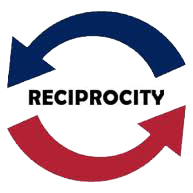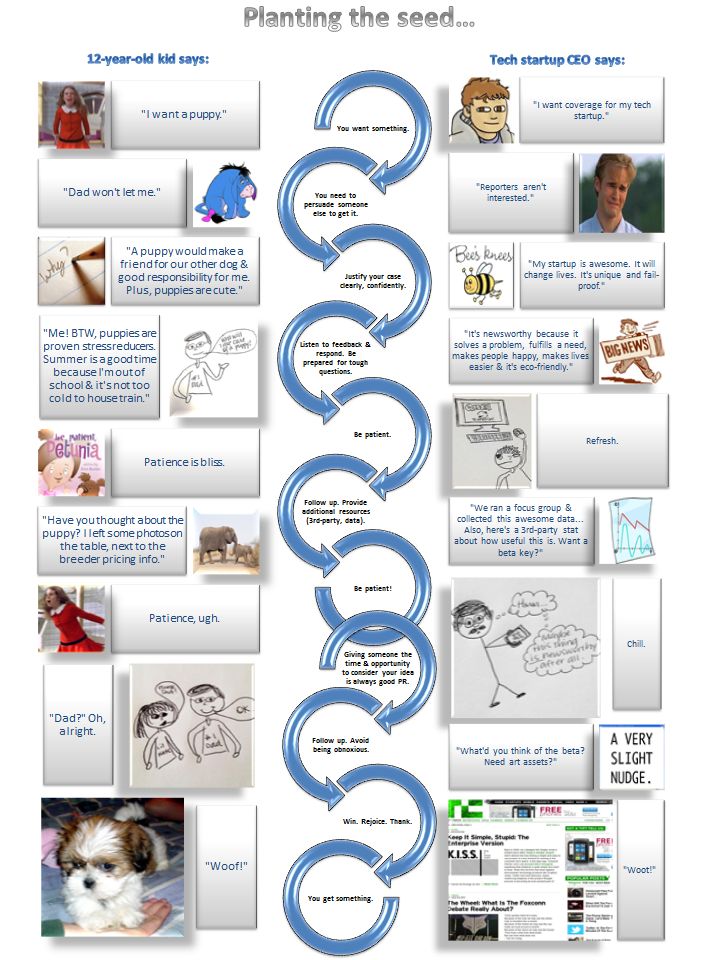 Back in the end of June, I had the opportunity to attend a massive marketing event in Atlanta. Titled “Conversion and Compliance 3.0,” the event was held over two days, bringing in a range of speakers who covered a number of different marketing and communication topics.
Back in the end of June, I had the opportunity to attend a massive marketing event in Atlanta. Titled “Conversion and Compliance 3.0,” the event was held over two days, bringing in a range of speakers who covered a number of different marketing and communication topics.
One such speaker was Dr. Robert Cialdini, who is internationally known for his best-selling book, Influence: The Psychology of Persuasion. In it, Cialdini breaks down what he describes as the six core principles of influence. They include Scarcity, Authority, Consensus, Reciprocity, Commitment/Consistency and Liking/Social Proof.
All of these principles are incredibly powerful and can be utilized in many different daily environments. This post delves into the first three, giving an in-depth look at what each principle is and how they can be used.
1. Scarcity
Scarcity is based around the idea that we want more of something the less there is of it. Scarcity can apply to physical items, such as a popular menu item that is being discontinued, or an offer that is only available for a limited time. Think back to every infomercial you have ever seen on TV, “order in the next 20 minutes and receive double the offer for no extra cost!” This is scarcity in action: if you don’t act soon you’ll be stuck with only one of the thing that you don’t really need, and thus your life will be worse.
 Applying Scarcity to your life can be done best in relation to time. Your time is finite, and thus incredibly valuable. However, if you are always giving it out to people, they will not respect it and you will be worse off for it. If your time is scarce, people will value the interactions they have with you even more because they will subconsciously know that those interactions are not something they have whenever they please. A few months back, Apple CEO Tim Cook took part in a charity auction for a coffee meeting with him. The initial offering valued his time at $50,000, but the auction ended up closing for $610,000. How could one person’s time ever be worth that much? Scarcity.
Applying Scarcity to your life can be done best in relation to time. Your time is finite, and thus incredibly valuable. However, if you are always giving it out to people, they will not respect it and you will be worse off for it. If your time is scarce, people will value the interactions they have with you even more because they will subconsciously know that those interactions are not something they have whenever they please. A few months back, Apple CEO Tim Cook took part in a charity auction for a coffee meeting with him. The initial offering valued his time at $50,000, but the auction ended up closing for $610,000. How could one person’s time ever be worth that much? Scarcity.
2. Authority
Authority is important for people because authority builds credibility and trust. If you’ve ever had someone break into your car or steal something from your home, you call the police because they are the “authorities,” someone who you can trust to help with your problem and help you obtain a desired solution, whether that is getting the stolen goods back or finding the perpetrators.
Authority extends far beyond law enforcement, and can be seen in many different business settings. Think of Best Buy, who has brilliantly branded their computer tech and service department as the “Geek Squad.” When everyday people don’t know what is wrong with their computers, they go to the Geek Squad because they have a link to geeks being an authority in fixing all things technical.
You may be an authority figure in a given field; however you must tread carefully when peddling your wares. Telling others you run the hottest new startup in Silicon Valley will not showcase you as an authority figure, but instead will make others look at you with disdain as someone who is pompous and egotistical. What is better is to have others validate your authority for you. If I tell someone that my friend John is an incredibly smart guy who runs Silicon Valley’s hottest startup, this will seem much for credible to the listener. Whether or not this is true doesn’t necessarily matter; subconsciously, my building up John’s company is perceived as true, because it is coming from a second party who the person knows and who seems to have no reason to lie.
With Authority comes great power, so it is important to not abuse the power given to you by authority.
3. Consensus
Consensus refers to the idea that people look to others around them, who are like them, to see what they should be doing in a given situation. This is ingrained biologically from our hunter-gatherer times, where if one member of a given community didn’t follow the pack and acted differently from others (whether in hunting, traveling, or mating) they were not as likely to survive. In a behavioral sense, consensus makes it easier to fit into an unfamiliar situation. If you’ve never been to an opera, you’re going to look at other members of the audience for cues when to clap, when to stand, and when to stay quiet, because it is easier for you to follow the crowd rather than test out new behaviors on your own.
A big part of consensus also revolves around relating to others: if we have like behavior or find something in common with another person we are more open and receptive to them and are more likely to find them friendly.
 Where this applies in an influence sense is that consensus can be used to elicit specific behaviors from those you interact with. As a Doctor, you could use consensus to help guide people towards particular procedures that are beneficial but which the patients may be hesitant about: “Most patients who are like you with X ailment choose to go through with this procedure, and most of them have a quick and easy recovery.” In this case, the patient is more likely to be convinced to have the surgery because others like them have done it before. This is consensus in action.
Where this applies in an influence sense is that consensus can be used to elicit specific behaviors from those you interact with. As a Doctor, you could use consensus to help guide people towards particular procedures that are beneficial but which the patients may be hesitant about: “Most patients who are like you with X ailment choose to go through with this procedure, and most of them have a quick and easy recovery.” In this case, the patient is more likely to be convinced to have the surgery because others like them have done it before. This is consensus in action.
Ready for more? Check out The Six Principle of Influence, and How to Use Them: Part 2.
 Two weeks ago we debuted part one of our Six Principles of Influence, and How to Use Them, and today’s post will focus on the remaining three principles: Reciprocity, Commitment/Consistency, and Liking/Rapport.
Two weeks ago we debuted part one of our Six Principles of Influence, and How to Use Them, and today’s post will focus on the remaining three principles: Reciprocity, Commitment/Consistency, and Liking/Rapport.







